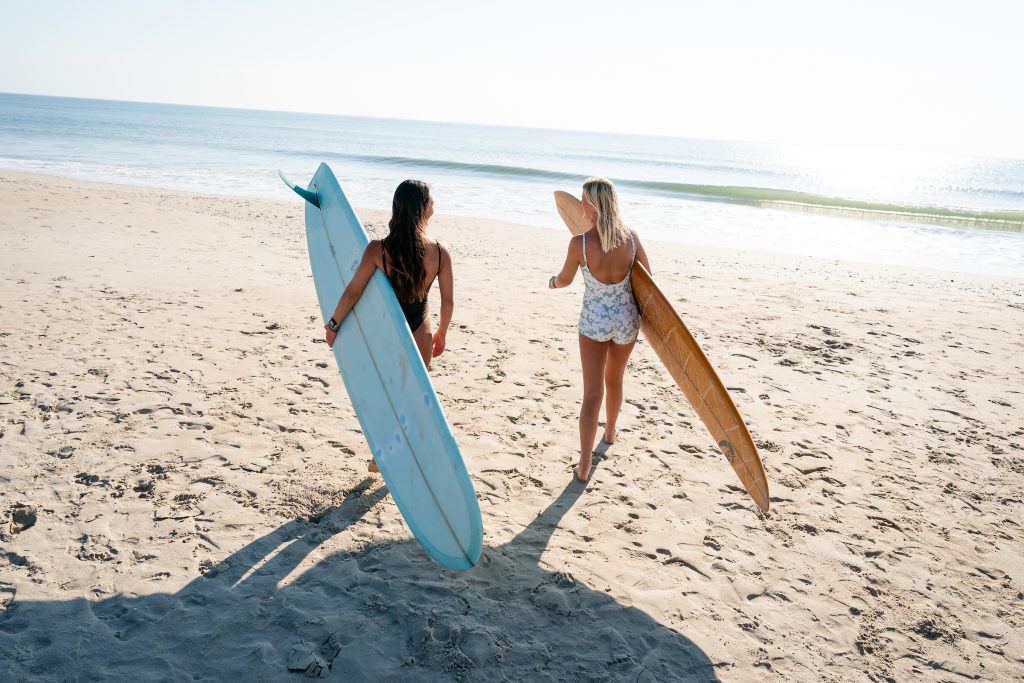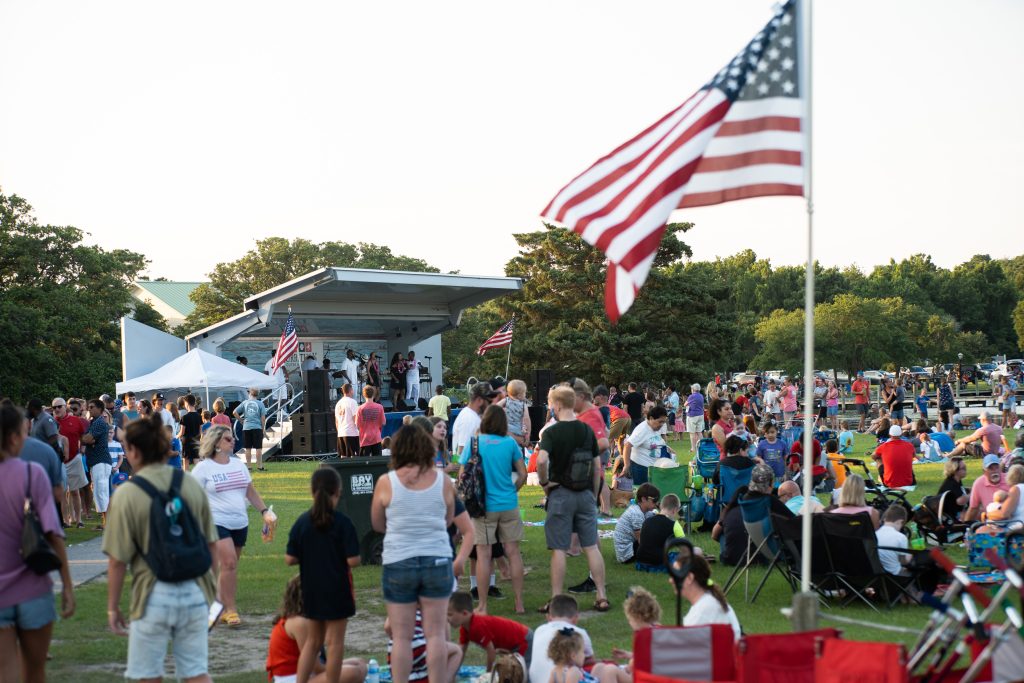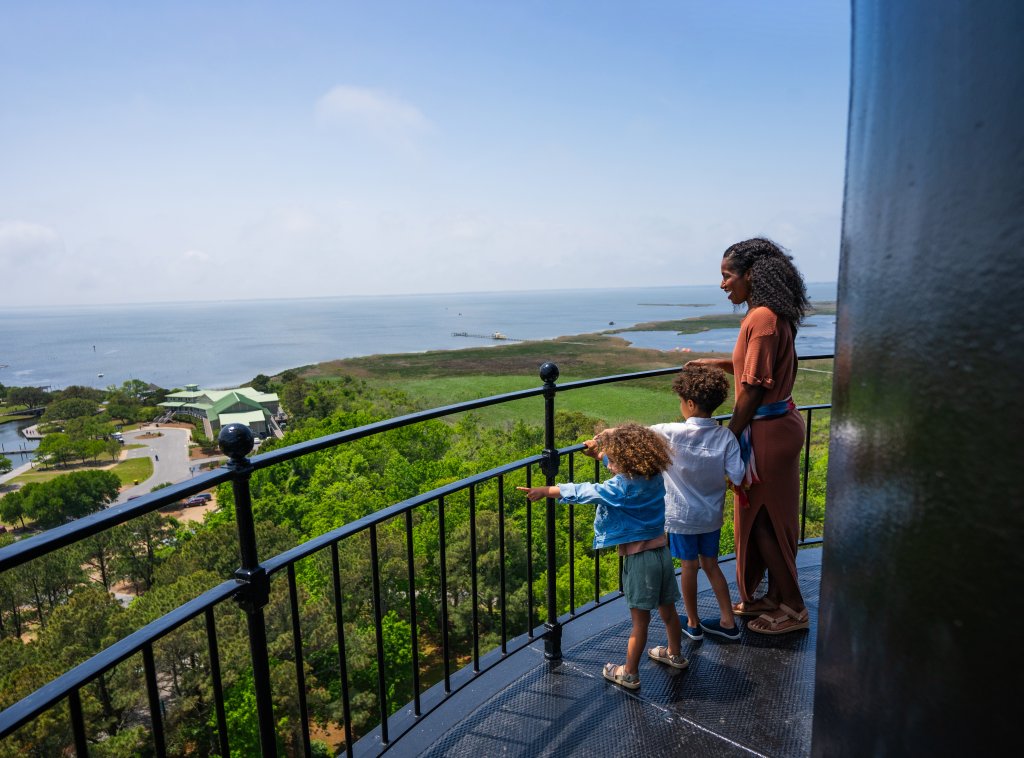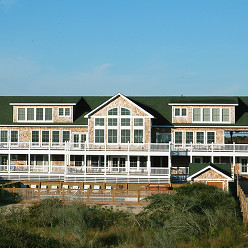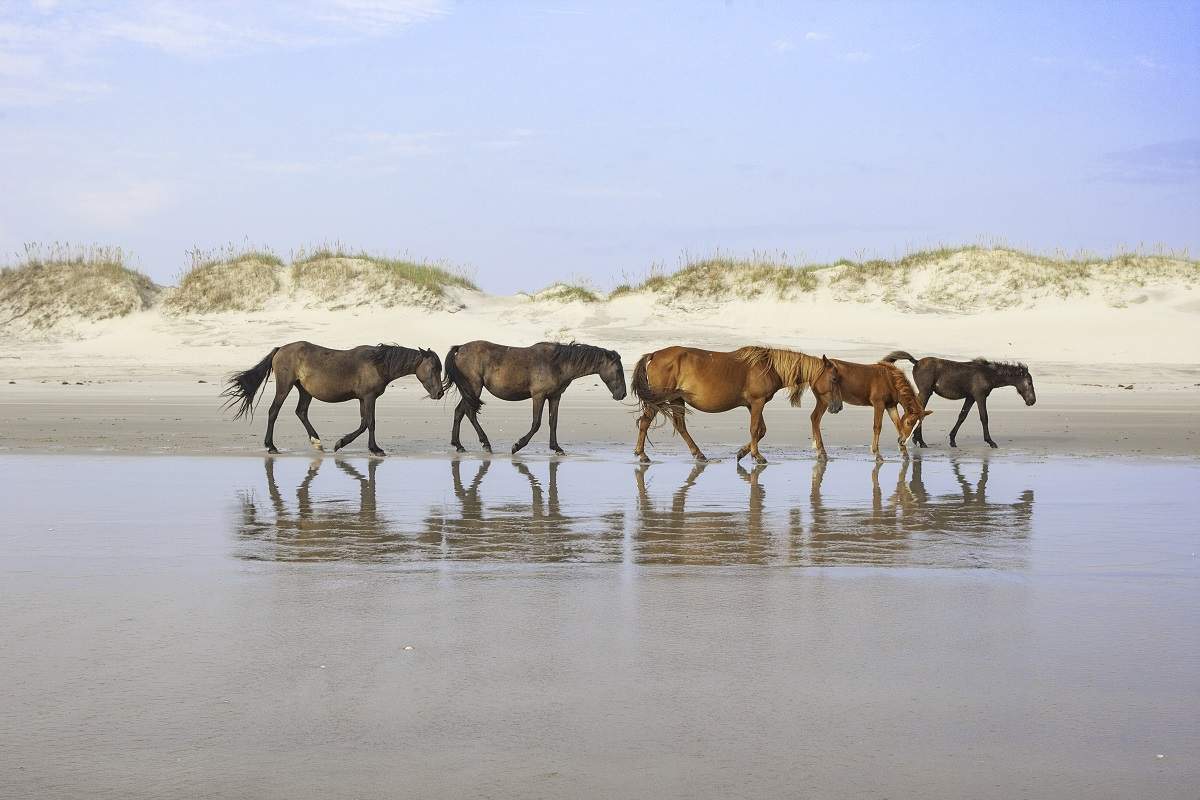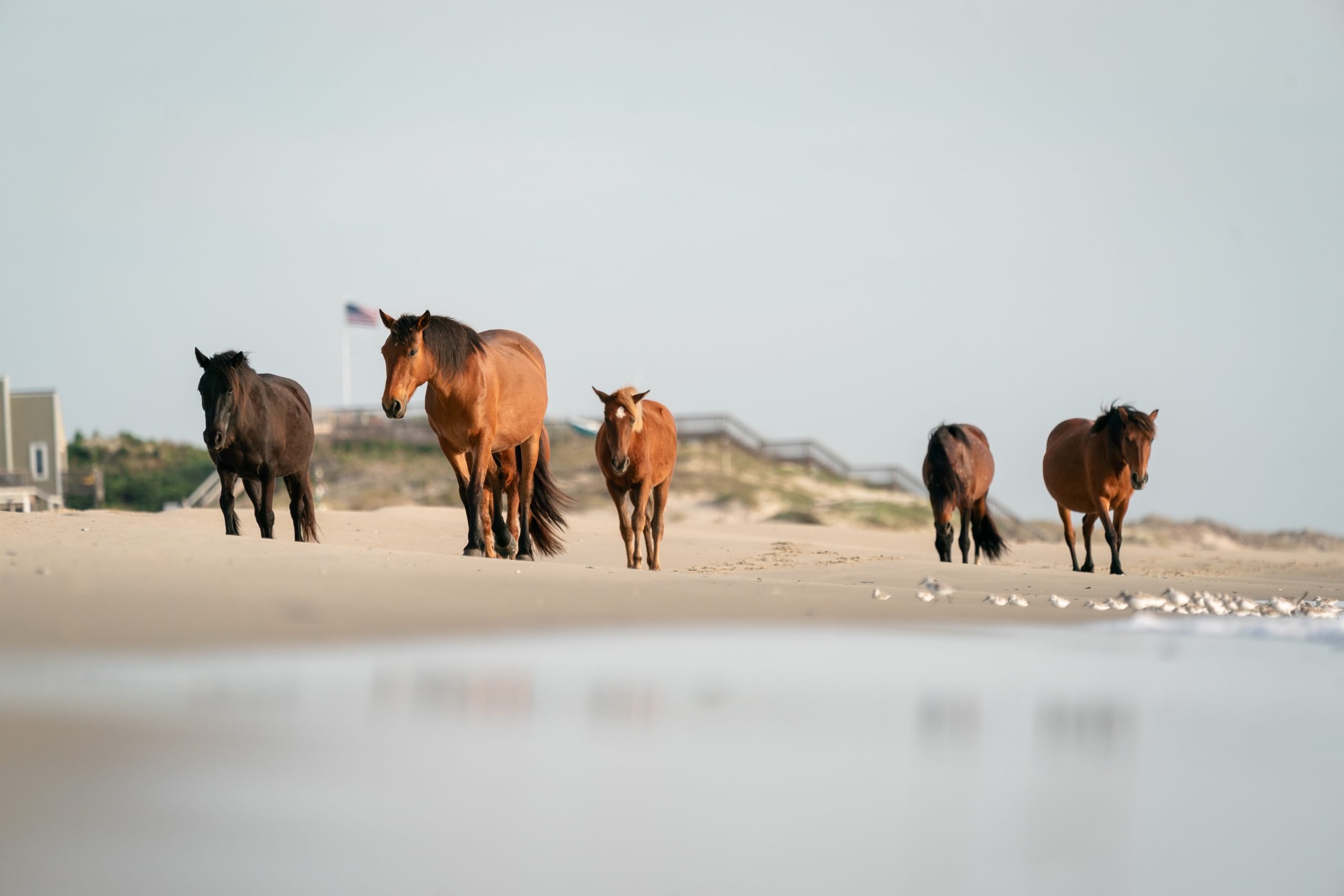
History of the Herd
Corolla’s famous wild horses have roamed the beaches and backwoods of The Northern Outer Banks for centuries, perhaps left behind due to shipwrecks or abandonment by Spanish settlers or explorers when facing hostile conditions or retreating inland. Subsequently, from that time, they have dazzled countless visitors and inspired fierce loyalty in locals and visitors alike.
Legends Live On
According to National Geographic Magazine, in 1926 there were between five and six thousand wild horses on the 175 mile stretch of the Outer Banks. In 1938, when the National Park Service began to buy up the land for Cape Hatteras National Seashore, they put a bounty on wild horses. There are currently only 100 horses left in the Corolla herd.
The wild Colonial Spanish Mustang, which includes the wild horses that now live in Corolla, were designated as the North Carolina State Horse in 2010.
DNA testing, conducted in 1992 and 2007 and analyzed by renowned equine geneticist, Dr. E. Gus Cothran of Texas A&M University, and a physical inspection conducted by the Horse of the Americas Registry and the American Livestock Conservancy, determined that the Corolla Wild Horses are of Spanish origin and are eligible for registration as Colonial Spanish Mustangs. They are one of the oldest and rarest strains left in the world and are listed as a critically endangered/nearly extinct breed.
The Colonial Spanish Mustangs of Corolla have several distinctive physical characteristics, such as five lumbar vertebrae as opposed to the six present in the majority of domestic breeds. Their tails are extremely low set on a sloping croup. Head shape is generally convex, the face is narrow and fine, and the ears curve delicately at the tip. They are narrow through the chest when viewed from the front and appear to be “v” shaped (upside down) rather than flatter and broad. Some are naturally gaited. All are highly intelligent, athletic, sensible, and easy to train.
The wild horses were moved to the northern 4×4 beaches of Corolla in 1995 as the extension of the paved road from Duck to Corolla was compromising their safety. They now have access to 7,544 acres (3,331, acres are public land and 4,213 are privately owned). They do not live in a wildlife refuge or sanctuary.
Wild horses are very territorial and generally stay in the same range in which they were born. They travel in harems. A harem consists of a dominant stallion and one to four mares. Stallions that are too old, too young, or not dominant enough to challenge another harem stallion, form their own family group called “bachelor stallions.” The lead mare makes the decisions about when and where the harem will go and the stallion is the protector. They move between 15 and 25 miles per day with their range. Stallions fight viciously over mares and frequently try to “steal” mares from other stallions.




